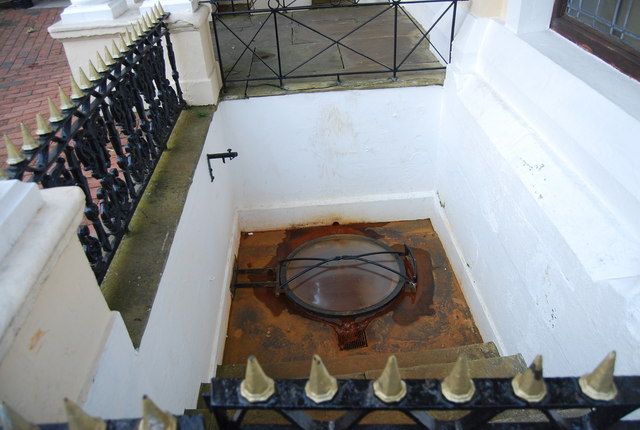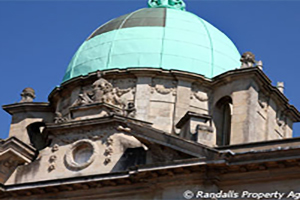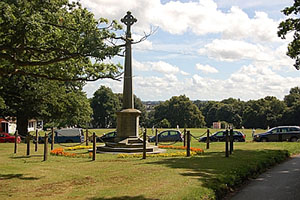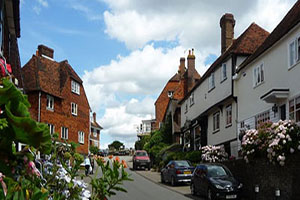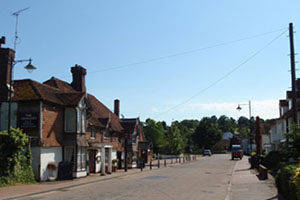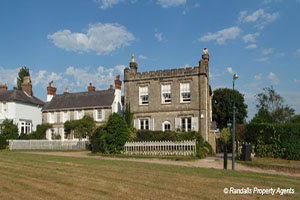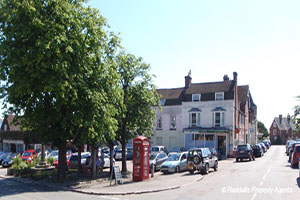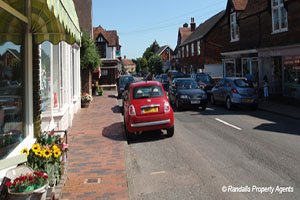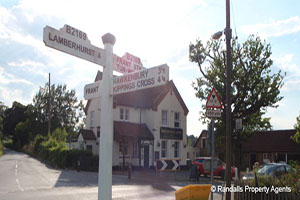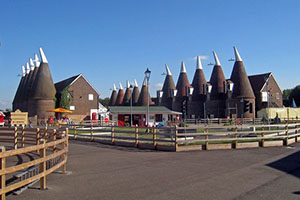The property sales market has been through some rough times in the last few years. Buyers and venders alike are more cautious about the process due to property values and the economy as a whole. Traditionally the process of selling your property or buying your new home was an exciting experience and the reality is there have never been a better time to market your property or buy a new property. The skills that provide the key to a successful property transaction have never changed. Randalls provide professional property sales services based around these key skills and underlines the process with confidence.
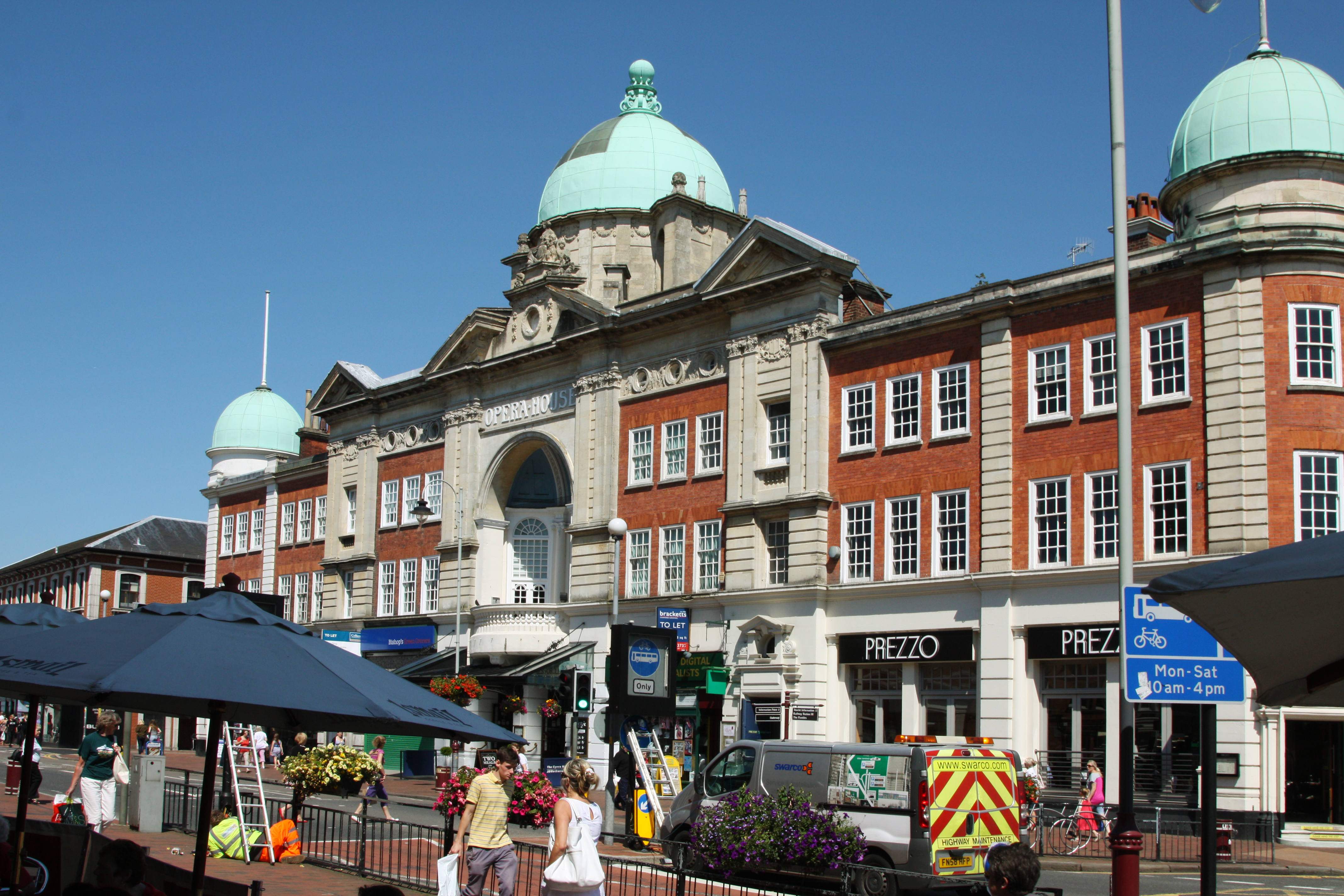
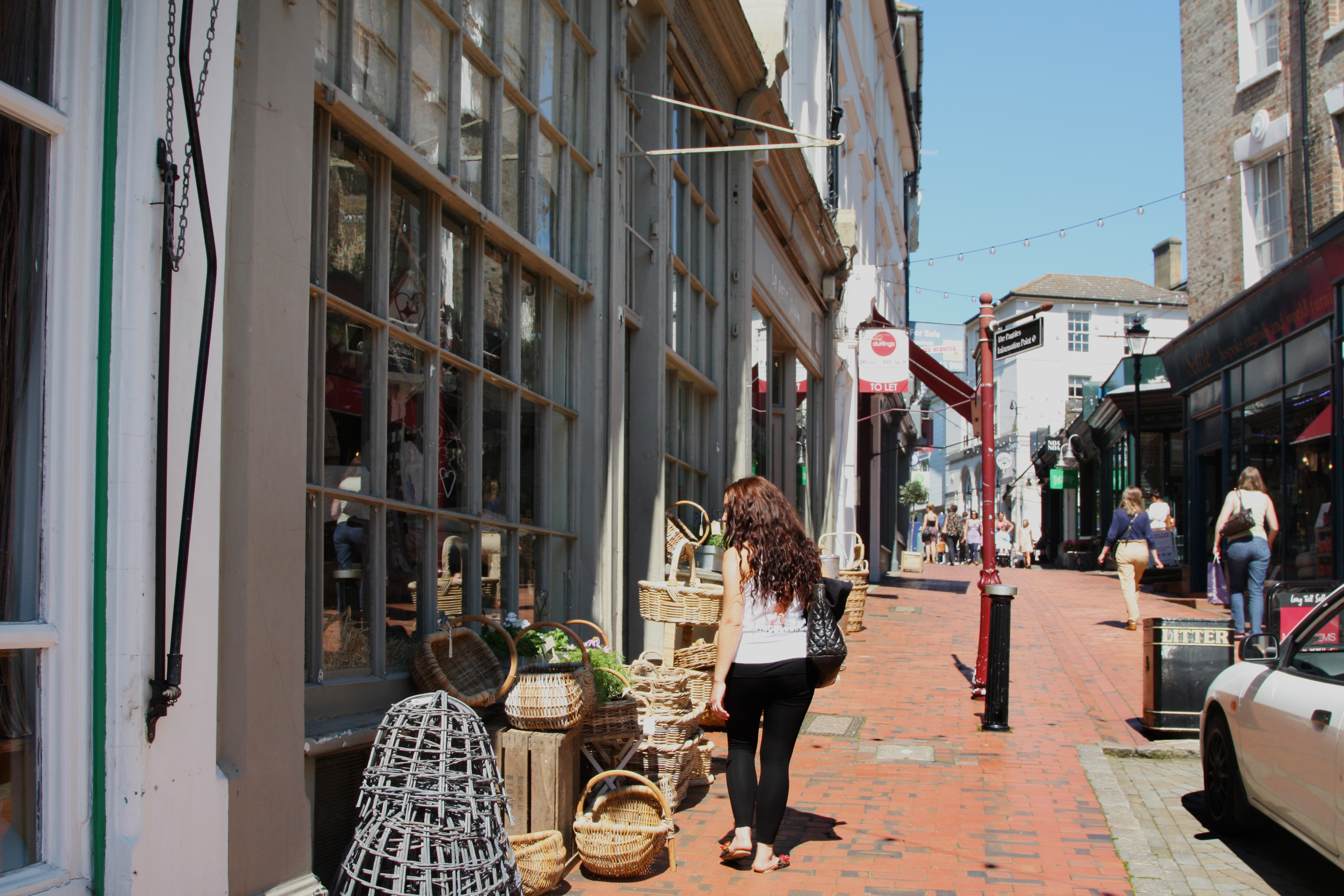
Tunbridge Wells
Letting and sales in Tunbridge Wells
The Town
Royal Tunbridge Wells is a scenic and popular town with an ancient history in a central Kent location. Tunbridge Wells has a vibrant property sales and lettings industry and is an ideal town to buy or let a property. For landlords Tunbridge Wells offers potentially good investments due to stable property prices and rental values that produce a good yield. For property buyers and tenants Tunbridge Wells is one of the most sought after area's in the south east of England. The average house price in Tunbridge Wells is £330,736 (Dec 2012) which is an increase of 7.2% on property prices the year before.
There are many letting agents and estate agents specifically based in Tunbridge Wells but Randalls have been letting and managing properties in Tunbridge Wells Kent for many years and have a combined thirty years experiance managing and selling property in Tunbridge wells. If you would like more information on letting or selling your property in Tunbridge Wells please don't hesitate to contact us.
Situated to the northern edge of the Weald and relatively close to the East Susex border Tunbridge Wells has a population of approximately 55,000. Once a famed visiting place for many wealty and royal visitors due to its spring baths. Tourism is still popular today with many historic attractions. Tunbridge Wells is twinned with Wiesbaden in Germany.
Living in Tnbridge Wells
Schools
Tunbridge Wells offeres a wide variety of primary and secondary schools and 6th form colleges.
Public Transport
There are many bus routes from Tunbridge Wells to the surrounding area's and towns such as Brighton, Maidstone, Hastings and Tonbridge. There are two train stations Tunbridge Wells and High Brooms which offer a regular service to Hastings and London. With Tonbridge station being just one stop from High Brooms and two stops from Tunbridge Wells allows access to a wide variety of other locations via rail services.
Social
Tunbridge Wells offers a great vaierty of night life, whether it be out to a local, out for a meal or out to paint the town red in its clubs. Tunbridge Wells offers a great night out for all ages.
Places of interest
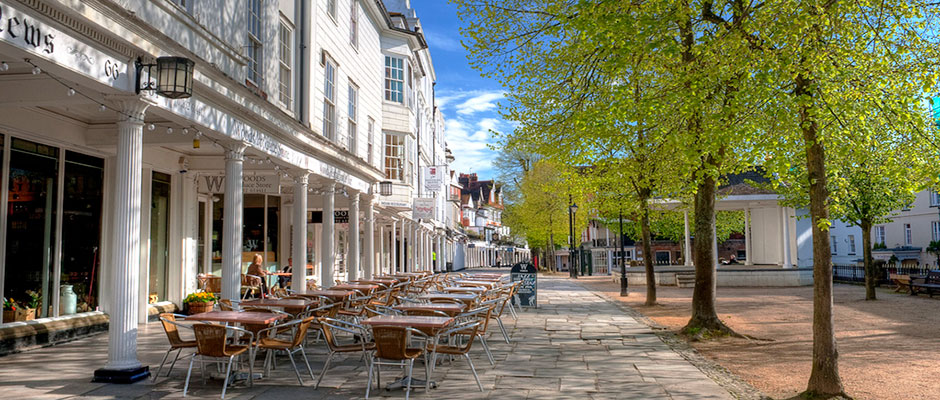
The Pantiles
The pretty colonnaded walkway known as the Pantiles has become probably the most well known view of Royal Tunbridge Wells.
Once the playground of the gentry and royalty, the Pantiles in Tunbridge Wells remains a pleasant place to browse, shop, eat, drink and stroll.
The Opera House
Construction was completed in 1902 to designs by architect John Briggs. When it was opened, it had a capacity of 1,100. In 1913, the Opera House hosted a series of charity fundraising concerts gather funds to rebuild the Nevill Ground's cricket pavilion after the original pavilion was destroyed in a suffragette arson attack. The Opera House was purchased by Union Cinemas in 1931 and turned into a cinema. The Opera House was bombed in the Second World War. The bomb did not explode but instead got caught in the proscenium arch above the stage and set fire to the inside of the Opera House, leading to a renovation before eventual re-opening in 1949. It was later turned into a bingo hall in the 1960s after threats to demolish it. In November 1966, the Opera House was granted Grade II listed status. In 1996, the Opera House was purchased by J D Wetherspoon and was turned into a public house. In 2006.
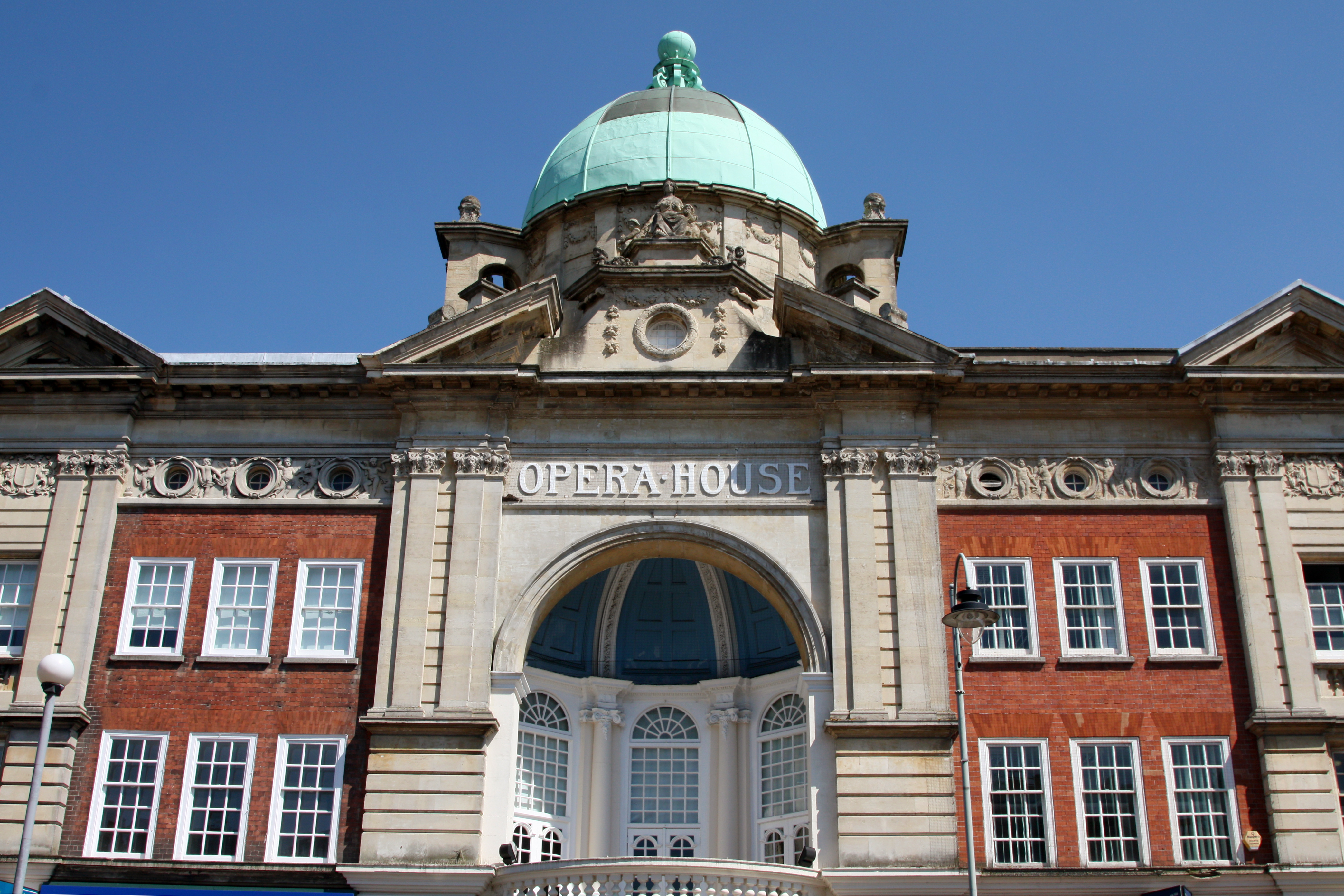
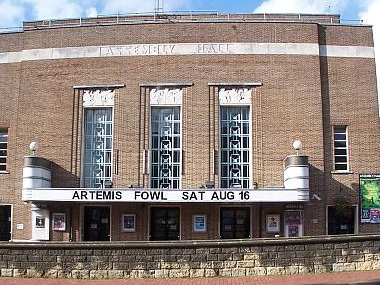
Assembly Hall Theatre
The Assembly Hall Theatre is a theatre in Tunbridge Wells seating 1020 people. The theatre hosts a variety of popular music, comedy, family, dance, drama, classical music and variety events, as well as an annual pantomime.
- https://www.assemblyhalltheatre.co.uk
- 01892 530613
The Chalybeate Spring
The discovery of the Chalybeate Spring just over 400 years ago in 1606, marked the beginning of Royal Tunbridge Wells, and it still forms a central part of The Pantiles and of the town today. Visitors came to see and be seen in fashionable Tunbridge Wells, but above all to 'take the waters'. Chalybeate (pronounced Ka-lee-bee-at) means iron-rich, and the iron taste is evident in the water. At the height of its popularity in the eighteenth century, the Spring water was reputed to cure all sorts of ills from infertility and hangovers to obesity and 'a moist brain'.
